Successfully returned! A new generation of spacecraft opens a new chapter in manned space flight and moves forward to the world’s first class.
"Separation of the return capsule" and "entry into the atmosphere" … accused the hall operator of staring at the screen, and the measurement and control instructions came one after another. With three huge red and white "umbrella flowers" in full bloom over Jiuquan Dongfeng recovery landing site, the return capsule slowly swayed and landed on the ground. The return capsule is getting closer and closer to the ground, six airbags are opened, and the landing buffer is smooth, and the flight test mission is a complete success!
The moment the return capsule landed smoothly, warm applause immediately resounded through the hall in beijing aerospace control center.
At 13: 49 on May 8, the return capsule of a new generation of manned spacecraft test ship, which was developed by the Fifth Research Institute of China Aerospace Science and Technology Corporation, successfully landed in the predetermined area of Jiuquan Dongfeng Recovery Landing Site, which marked the complete success of the test ship’s flight test mission and also meant that China’s manned space industry opened a new chapter.
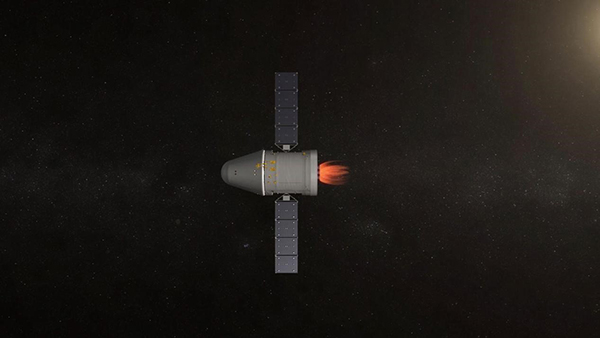
Simulation diagram of a new generation of manned spacecraft in orbit
Seven key technologies of perfect verification
The new generation manned spacecraft is a new generation of round-trip transport aircraft for China’s near-earth space station operation and manned lunar exploration. It has the characteristics of high safety, high reliability, multi-task adaptability and modular design, and adopts a new configuration of "return cabin+service cabin". Spacecraft can be used in low-earth orbit to support the construction of China’s space station, and it is also competent for the exploration of more distant deep space such as manned landing on the moon. It also has the powerful ability of "transporting people+transporting goods" and can transport 6-7 astronauts at a time when performing low-earth orbit tasks.
The new generation of manned spacecraft adopts many new technologies and products, especially in terms of reliability, safety, comfort, economy and intelligence.
The main goal of this mission is to verify the correctness of the new generation manned spacecraft scheme. It is understood that in order to verify more technologies and equipment, the development team of the Fifth Academy arranged high-density flight events for the test ship. During the on-orbit flight, the test ship has to complete dozens of key actions and carry out a number of carrying tests. It can be said that every minute is fully scheduled.
From successful launch to safe return, the test ship performed perfectly. For the Fifth Academy, seven key technologies that they are most concerned about and related to the success or failure of the mission have been verified one by one, which points out the direction for the development of new spacecraft in the next stage.
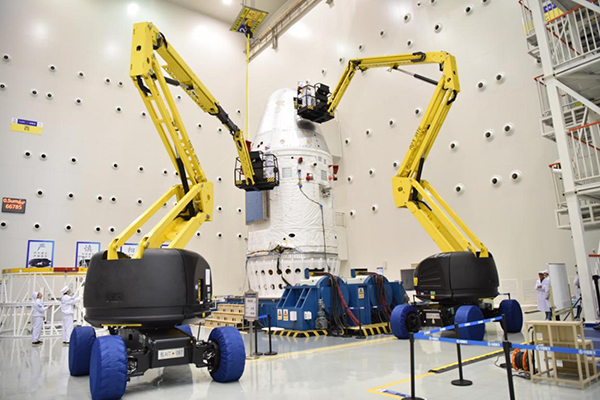
A new generation of manned spacecraft under test
These seven key technologies are:
In the on-orbit flight stage, the first single-component non-toxic engine with the highest thrust in the world successfully completed its debut.The HAN propellant used in this engine has the advantages of non-toxicity, pollution-free, low freezing point, high density, high specific impulse and low maintenance cost. It will completely replace the existing propellant in the future and further improve the safety of astronauts.
The maximum volume surface tension tank used for spacecraft in China for the first time performed perfectly.This tank adopts aluminum alloy lining and composite material winding structure, which has more loading capacity and can provide greater orbital maneuverability for the test ship. During the on-orbit flight, the test ship easily completed many orbit changes and entered the large elliptical orbit, which created sufficient conditions for high-speed reentry and return with large reentry angle.
A more comprehensive integrated electronic system is worthy of trust.During the mission, the system successfully completed the functions of the whole ship bus management, time system management, data storage, contact signal processing and thermal control management, which made the spacecraft run more efficiently.
Smarter autonomous track control technology plays an outstanding role.During the on-orbit operation, the attitude control engine performs attitude control, maintaining the attitude stability of the three-axis to the ground and during orbit change and braking; The orbit control engine changed its orbit several times, and successfully executed the return braking, which accurately controlled the test ship to complete the space flight.
In the reentry and return phase, the new heat-proof structure and materials adopted for the first time have been tested.. The whole thermal protection structure maintains a very high thermal protection efficiency on the basis of reducing the weight by more than 30% year-on-year. The new lightweight heat protection material not only withstood thousands of degrees of high temperature ablation during reentry and return, but also protected the safety of the return cabin. Moreover, the heat protection structure adopts the detachable replacement design for the first time, which can effectively improve the reusable rate. After returning, only one "physical examination" is needed, and a new heat-proof structure is replaced, so that the return capsule can be put into the next mission.
For the first time, the group parachute pneumatic deceleration and airbag landing buffer technology were adopted to escort home.. After the return capsule entered the atmosphere and reached the specified height, two deceleration umbrellas and three main umbrellas were opened in turn, which successfully reduced the speed of the return capsule from "aircraft flight speed" to "automobile city driving speed"; Before landing, six airbags were inflated and opened to help the cabin "soft landing" smoothly, ensuring the safe and complete recovery of the return cabin to the greatest extent.
Tailor-made on-orbit data acquisition system provides scientific support for future development.During the mission, the system obtained the impact load of ship-rocket separation and the load environment of carrying launch, on-orbit flight and return landing through various sensor networks. By measuring the pressure and temperature of the characteristic points on the bottom and sidewall surface of the return capsule, the aerodynamic and thermal characteristics of the return capsule during high-speed reentry are obtained. These valuable data will provide important reference for the development and optimization of subsequent models of new spacecraft.
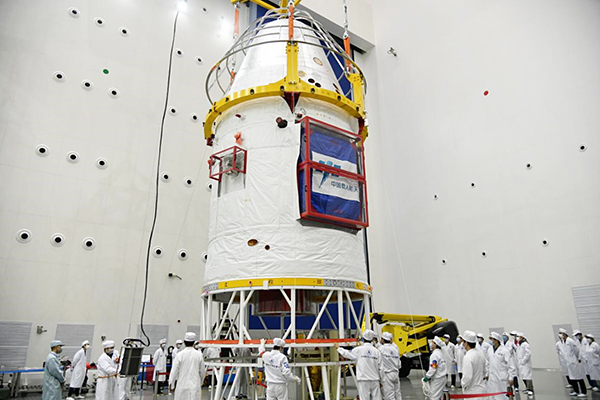
The new generation of manned spacecraft is larger in size, more functional, more intelligent and autonomous, and adopts reusable technology.
China manned spacecraft technology from running to running.
Manned space flight represents a country’s comprehensive national strength and scientific and technological strength, and can promote the development of multidisciplinary and multi-technical fields. According to official information, China began to explore manned space technology in the 1960s. After the successful launch of the Dongfanghong-1 satellite, the manned space program codenamed "Project 714" was fully promoted, and the development plan of the "Shuguang-1" manned spacecraft of this project was officially launched. However, due to various reasons, the development of the "Shuguang-1" manned spacecraft finally stopped.
In 1992, China’s manned spaceflight project was officially launched. In the early morning of November 20, 1999, the Shenzhou-1 spacecraft was launched, and the curtain of China’s manned space flight slowly opened. On October 15th, 2003, Shenzhou 5 was launched. Astronaut Yang Liwei started the return procedure after flying around the earth for 14 times and 21 hours in Shenzhou 5, and returned smoothly, realizing Chinese’s dream of flying for thousands of years.
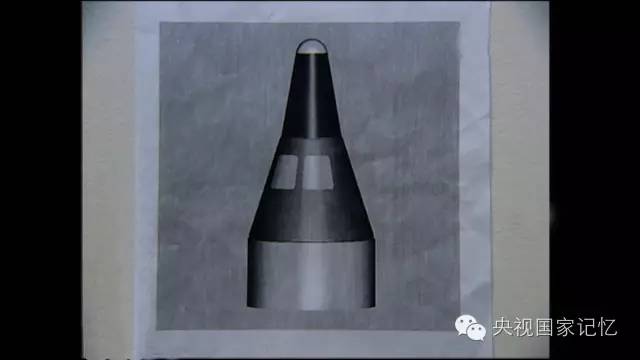
"Dawn One" spacecraft looks like a bullet head.
Since 1999, China has launched a total of 11 shenzhou spaceship, including 6 manned spacecraft and 5 unmanned spacecraft, and also launched 2 space laboratories, with 11 China astronauts and 14 people completing space trips, with the longest in-orbit time reaching 30 days; Achieve multiple firsts-astronauts’ first space outing, first rendezvous and docking, first space teaching …
At the press conference of the first mission of the Long March V B carrier rocket held on the evening of May 5, Ji Qiming, assistant director of the China Manned Space Engineering Office, introduced that China’s space station will be completed around 2022, with a total of 12 missions planned. After this mission, the core module and the experimental module will be launched successively to carry out on-orbit assembly and construction of the basic configuration of the space station; During the period, it is planned to launch four Shenzhou manned spacecraft and four Tianzhou cargo spacecraft to carry out crew rotation and cargo replenishment.
Facing the mission demand of China’s manned space flight to further deep space, in 2015, the Fifth Academy demonstrated and put forward the plan of developing a new spacecraft test ship to carry out high-speed reentry flight test. From January 2017 to December 2019, in just three years, the Fifth Academy completed the scheme design, product development, whole ship assembly, comprehensive test and large-scale test, broke through a large number of key technologies, and built this new spacecraft test ship from scratch, carrying new hopes and opening up new "heavenly roads".
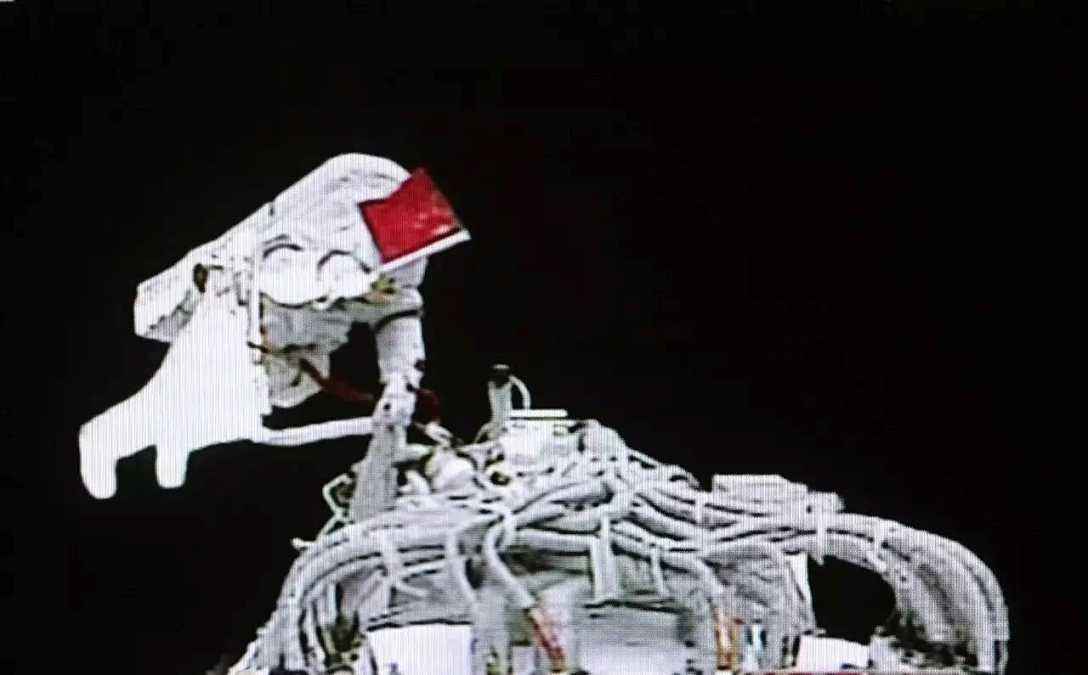
Shenzhou VII astronauts left the cabin for the first time.
After mission verification, the main technical indicators of the new generation manned spacecraft test ship have reached the international advanced level. The Paper (www.thepaper.cn) learned from the Fifth Academy that compared with the international advanced space shuttle spacecraft, China’s new generation of manned spacecraft is no less capable, and they all have the ability to adapt to multi-task requirements, greater orbital maneuverability, and land and water landing capabilities.
The new spacecraft is more intelligent, and the GNC system of the spacecraft can independently control the flight of the spacecraft, which further improves the autonomous operation ability, improves the on-orbit survivability and application potential, and reduces the maintenance and operation cost, which is of great significance to the follow-up deep space exploration and the development of manned space models in China. The new spacecraft can also "see a doctor" for itself. During the flight, it pays close attention to its own health in real time. Once there is a problem, it "diagnoses" itself through the intelligent algorithm of the system, finds the lesion and removes it temporarily or permanently.
The new spacecraft is more cost-effective. The new spacecraft can be reused, and the use cost is greatly reduced. In order to reduce the cost of entering space, the return cabin of a new generation of manned spacecraft is designed by aerospace engineers to be reusable, and some high-value equipment, such as star sensors and computers, are adjusted from service cabin to return cabin after optimization design, so that they can be recycled after returning with the return cabin. A new lightweight thermal protection structure independently developed by China is coated outside the return capsule. After the mission is completed, only the lightweight thermal protection structure needs to be replaced, and the manned space mission can be carried out again after strict inspection. In order to achieve multi-functional use, the new spacecraft adopts a modular design of "building blocks". Different mission requirements can be completed through the same return cabin and different service cabin configurations.
The successful mission of the test ship indicates that a new generation of manned spacecraft in China has taken shape. It is understood that the Fifth Academy will, in combination with the mission requirements, carry out in-depth demonstration of the overall scheme of a new generation of manned spacecraft, improve and develop a new generation of manned spacecraft with high carrying capacity and cargo transportation capacity as soon as possible, and adapt to the near-earth space station and manned deep space exploration mission, so that China’s manned space transportation technology can fully realize the leap from running to running, so that Chinese’s pace of exploring space can be more stable and further, and contribute more to the early realization of the great dream of building a space power.